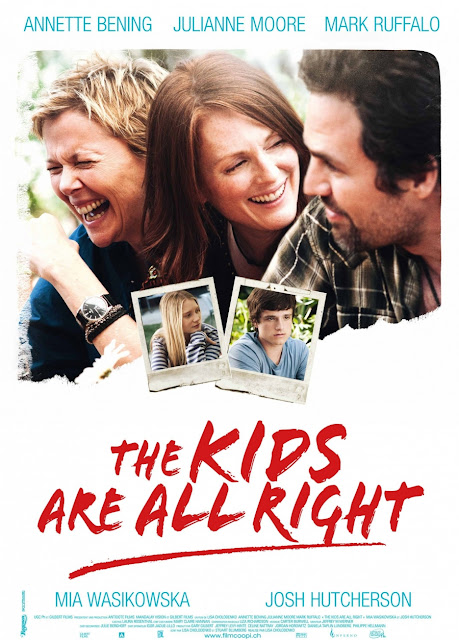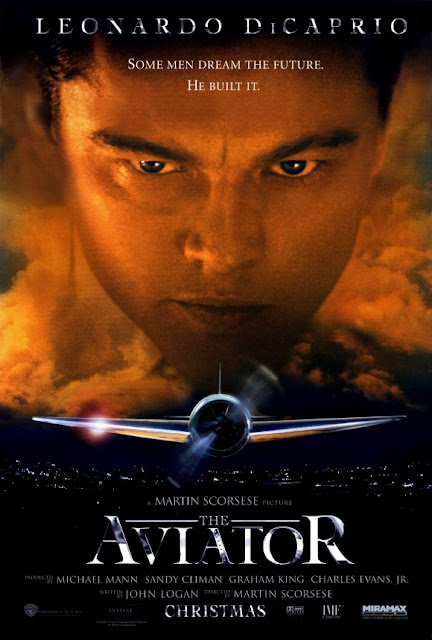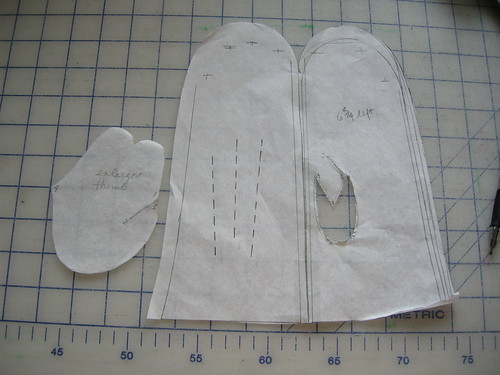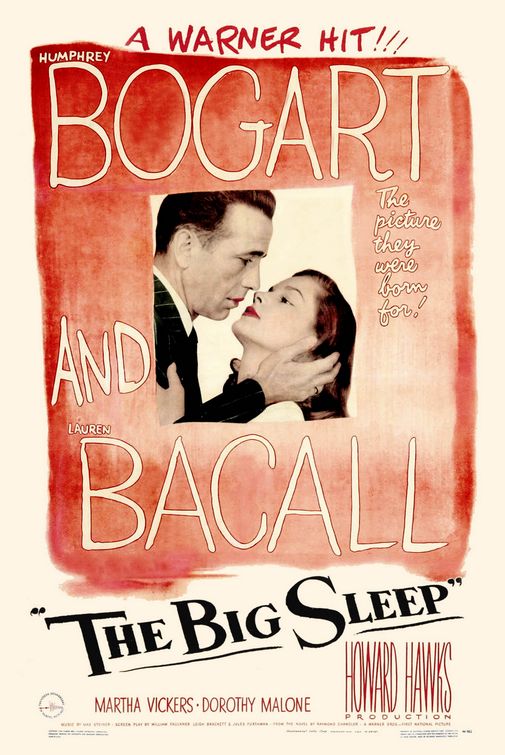| Terraces at Choquequirao, Peru Photo by Harley Calvert. CC |
As the January 3 deadline approaches for submitting comments to CPAC (the Cultural Property Advisory Committee) regarding Peru's renewal request for import protections, some scholars have supplied firsthand accounts of the threats to cultural property in that country.
Brian Bauer of the University of Illinois remarks to CPAC:
"I am a Professor of Anthropology at the University of Illinois at Chicago, and have conducted archaeological research in Peru for more than 30 years. Looting is a huge problem in Peru and every day the archaeological record of its past civilizations becomes smaller as sites are destroyed. Much of the looting is fueled by the demand for artifacts, in both the art and antiquities market. The current restrictions on the importation of artifacts from Peru into the USA plays an important role in curbing the demand for these artifacts and helps to preserve archaeological sites. I urge you to continue as well as further strengthen these [regulations]."
Dr. Margaret Jackson of the University of New Mexico writes in her public comments to CPAC:
"This message is in support of the proposed extension of the ban on archaeological and cultural properties from Peru. As a scholar specializing in art and cultural materials from the Andean region, I can personally speak about the kinds of damage caused by the illegal traffic in antiquities. I've witnessed it firsthand. When people think of ancient Peruvian culture, they often think of the pristine mountain fastness of sites like Machu Picchu, but unfortunately, the actuality is rather different. To supply a voracious art market, site after site will be chewed up by looters, bones and burials desecrated, architecture obliterated, fragile murals and other remains turned to rubble and cast aside. This happens at sites large and small all over Peru. Placing legal restrictions is the only way to curtail the destruction. I strongly support any measures toward this end."
And Maya Stanfield-Mazzi of the University of Florida describes:
"As a professor of art history at the University of Florida, I request that you renew the MoU with Peru to protect that country's cultural heritage. I have conducted research in Peru for several years and have seen the damaging effects of the theft and destruction of that country's heritage, both Pre-Columbian and Spanish colonial. These losses are damaging to the Peruvian people as a nation and to the Peruvian economy. It is important to the standing of the United States that it not be seen as complicit in the trade of illicit art and artifacts. Please continue to support Peru's efforts to conserve its heritage."
Comments regarding the Peruvian request for a Memorandum of Understanding (MoU) with the United States that would renew import protections pursuant to the Cultural Property Implemantaion Act (CPIA) may be submitted by clicking here.



























